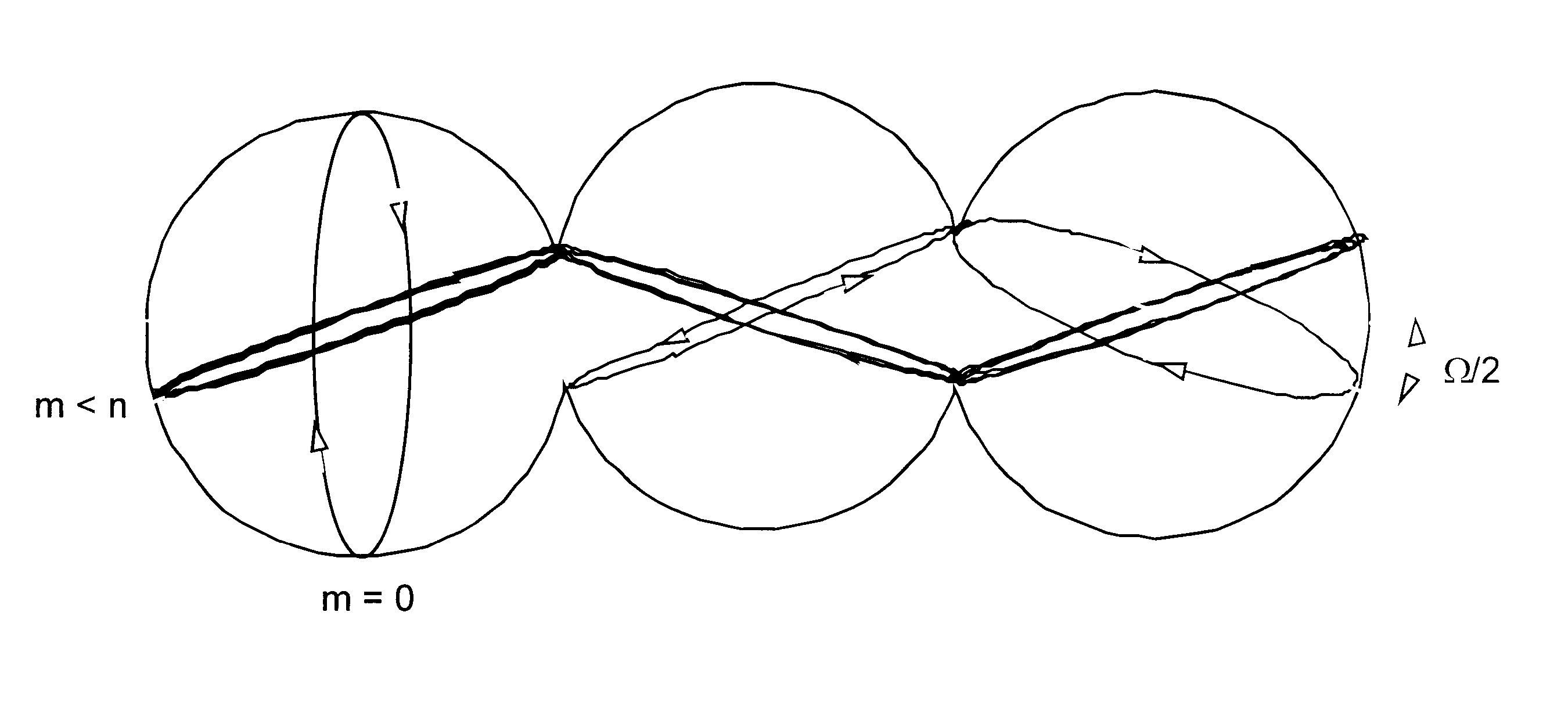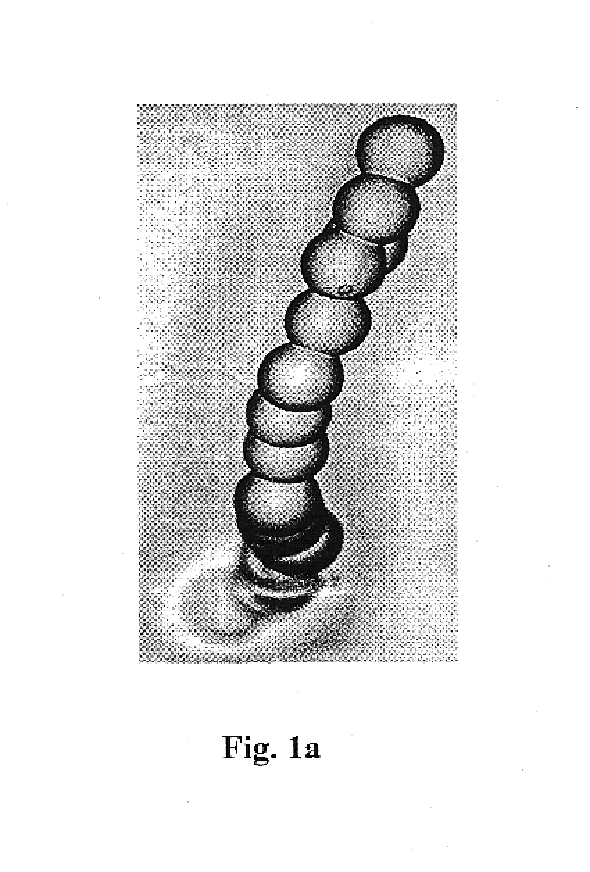Photonic polymer-blend structures and method for making
a photonic polymer and polymer technology, applied in the field of twoand threedimensional photonic polymerblend structures, can solve the problems of limited literature on the fabrication of limited literature on lithographic fabrication techniques, and limited literature on semiconductor structures with similar functionality. , to achieve the effect of high-resolution inter-particle bonding
- Summary
- Abstract
- Description
- Claims
- Application Information
AI Technical Summary
Benefits of technology
Problems solved by technology
Method used
Image
Examples
Embodiment Construction
A dilute aqueous polymer solution of polyethylene glycol (10k MW) and polyvinyl alcohol (14k MW) in a 4:1 mass ratio was prepared then injected into a 25-cm-long quadrupole as monodispersed liquid droplets (25.mu.m diameter) at a rate of between 2 and 5 Hz using a droplet generator driver coupled with a digital delay generator, an on-demand piezoelectric droplet generator (Stanford Research DG535). The quadrupole was driven at .about.400 Hz, and 650 V. A combination of low-voltage function generator (Stanford Research DS335), a power amplifier (Kepco BOP 1000M), and 5 X step-up transformer were used to produce the focusing voltages. FIG. 2 is a schematic of the apparatus used surface to produce the polymer-blend photonic molecules of the present invention, wherein 10 is the on-demand piezoelectric droplet generator, charging ring (30 VDC) 15, the electric quadrupole focusing rods (300-600 VAC @ 60-800 Hz) 20, glass enclosure 25, teflon o-ring 30 and the computer-controlled X-Y trans...
PUM
| Property | Measurement | Unit |
|---|---|---|
| diameters | aaaaa | aaaaa |
| solid angle | aaaaa | aaaaa |
| droplet size | aaaaa | aaaaa |
Abstract
Description
Claims
Application Information
 Login to View More
Login to View More - R&D
- Intellectual Property
- Life Sciences
- Materials
- Tech Scout
- Unparalleled Data Quality
- Higher Quality Content
- 60% Fewer Hallucinations
Browse by: Latest US Patents, China's latest patents, Technical Efficacy Thesaurus, Application Domain, Technology Topic, Popular Technical Reports.
© 2025 PatSnap. All rights reserved.Legal|Privacy policy|Modern Slavery Act Transparency Statement|Sitemap|About US| Contact US: help@patsnap.com



